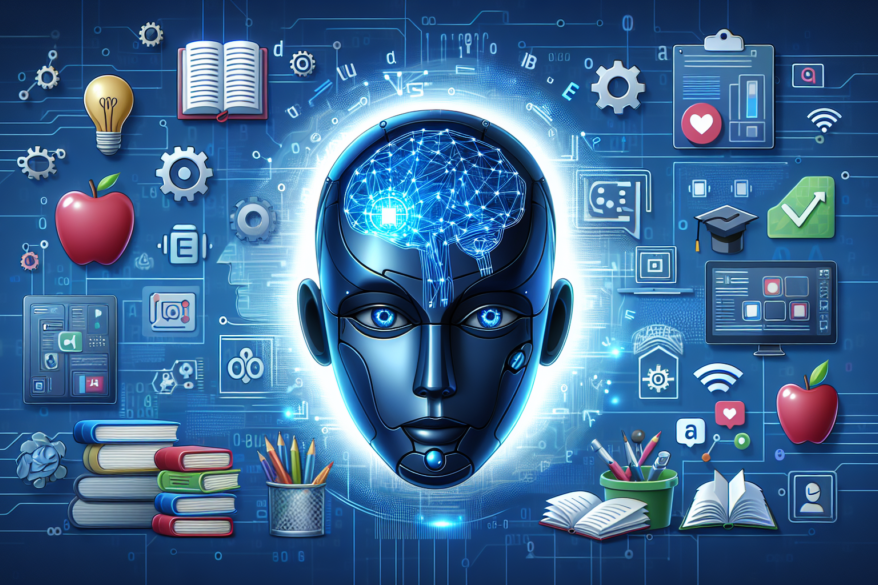The Rise of AI-Generated Deepfakes: A Threat to Society
As the U.S. election cycle looms, artificial intelligence-generated deepfakes have become a hot topic on social media. These manipulated media creations have duped several public figures and have laid bare the risks associated with this technology. Fabricated explicit images of singer Taylor Swift, voice alterations of U.S. President Joe Biden, and videos featuring deceased children have been widely shared, causing worry among lawmakers and citizens alike.
The circulation of false images has raised concerns among many, including White House press secretary Karine Jean-Pierre, who expressed her alarm at the reports. The ease with which such disturbing content can be created is a source of worry, particularly for women and girls, regardless of their geographical location or social status. AI specialist Henry Ajder noted that companies and regulators need to step up and halt the spread of manipulated media. He suggests that stakeholders should “do a better job creating friction in the process from someone forming the idea to actually creating and sharing the content.”
This issue is not new. Last year, both students at a New Jersey school and a developer used AI to generate and share fake images and information, respectively. These incidents highlighted the potential misuse of AI technology. Even high-profile figures like Scarlett Johansson have been targeted, as she sued an AI generator for unauthorized use of her likeness. The concerns extend beyond images and videos; AI-generated news has also raised eyebrows. A report revealed 49 AI-generated news websites, showcasing the technology’s potential to enhance fraudulent techniques.
The implications of AI-generated deepfakes are far-reaching. They have the power to manipulate public sentiment, tarnish reputations, and spread misinformation. The rapid spread of fake explicit images of Taylor Swift on social media platform X (formerly Twitter) before their removal is a clear example of the damage that can be done. Despite rules against such content, the platform took several hours to take down the images, allowing them to spread virally.
The rise of deepfakes calls for urgent action from both technological and regulatory perspectives. Companies must develop better tools and algorithms to detect and remove manipulated media swiftly. Additionally, regulators need to establish clear guidelines and policies to address this issue. It is essential to strike a balance between freedom of expression and protecting individuals from the harmful effects of deepfakes.
As AI technology continues to advance, the risks associated with deepfakes will only increase. It is crucial for society to stay vigilant and proactive in combating the spread of manipulated media. The integrity of information and public trust are at stake. Only through collaborative efforts between technology companies, regulators, and the public can we mitigate the threats posed by AI-generated deepfakes and preserve the authenticity of our digital world.





